
For those living above the equator, summer is in full swing and that means lots of sun — and the potential for sun damage. So if we want to stay safe, and keep our skin looking great, we obviously need to protect it — but using what? And how much? And how often?
These are just a few of the many questions that we — Raj Punjabi and Noah Michelson, the hosts of HuffPost’s “Am I Doing It Wrong?” podcast ― had for Dr. Anthony Rossi, a dermatologist and surgeon at Memorial Sloan Kettering Cancer Center, when he dropped by our recording studio.
Rossi, who has worked with thousands of skin cancer patients, noted that most of us know we need to shield our skin, but we’re befuddled by all of the misinformation and myths (especially on social media) about how and when to do it. To help clear up some of the confusion, he shared nine things that he would never do when it comes to SPF, sunscreen and sun protection.
1. Believing That An SPF Number Indicates How Long You Can Be Outside

“SPF” stands for “sun protection factor,” and an SPF number indicates the protection level that a topical product provides compared with wearing no sunscreen — not the number of minutes you can spend in the sun while wearing it.
“We say SPF 30 or above is pretty much good for sun protection for all people because at that point of the SPF curve, at 30, it pretty much levels off,” Rossi said. “So, an SPF 50 won’t give you that much more protection [than an SPF 30].”
2. Choosing A Sunscreen That Doesn’t Offer ‘Broad-Spectrum Protection’
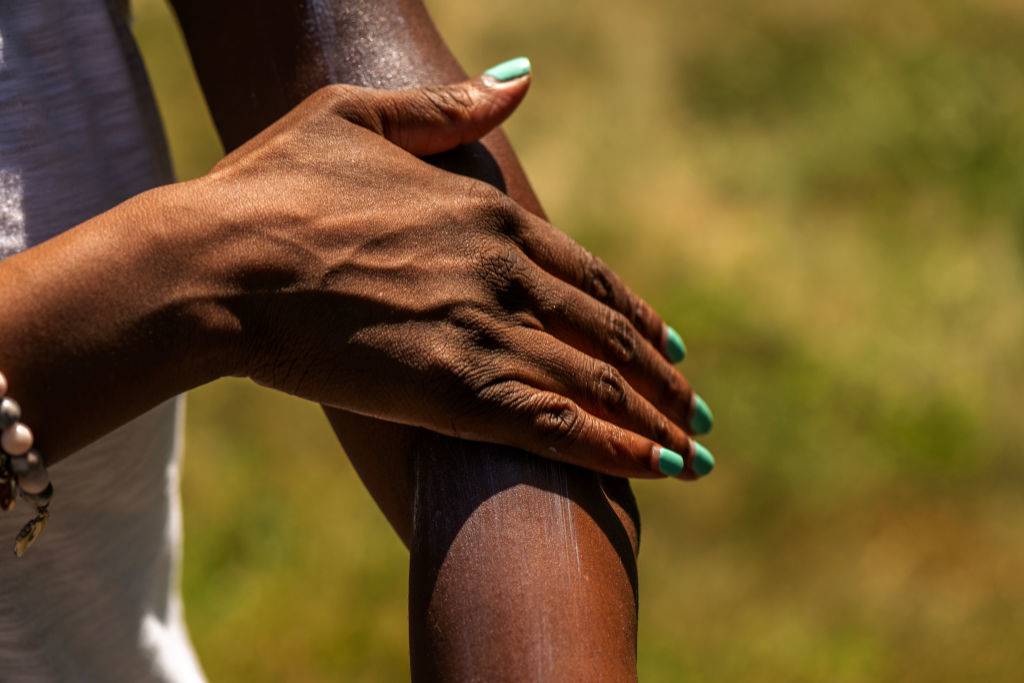
You want a sunscreen that provides “broad-spectrum” protection because it guards against two types of ultraviolet radiation: UVA and UVB.
“UVB causes burns and UVA contributes to aging, so we say ‘A for aging, B for burn’ — that’s how we remember for our exams,” Rossi joked. “Together, they can both cause skin damage. That’s why you want to find a broad-spectrum sunscreen that covers both UVB and UVA.”
3. Relying On The SPF In Makeup For Protection

Most makeup products do not contain a high enough SPF to keep you fully protected from the sun, and you also might not be wearing enough of it for that purpose.
“I always tell people, put your good sunscreen on first, let it dry and then go to town with all your mineral makeups,” Rossi said. “That’s just bonus.”
4. Using Sunscreen Sprays Incorrectly Or Inadequately
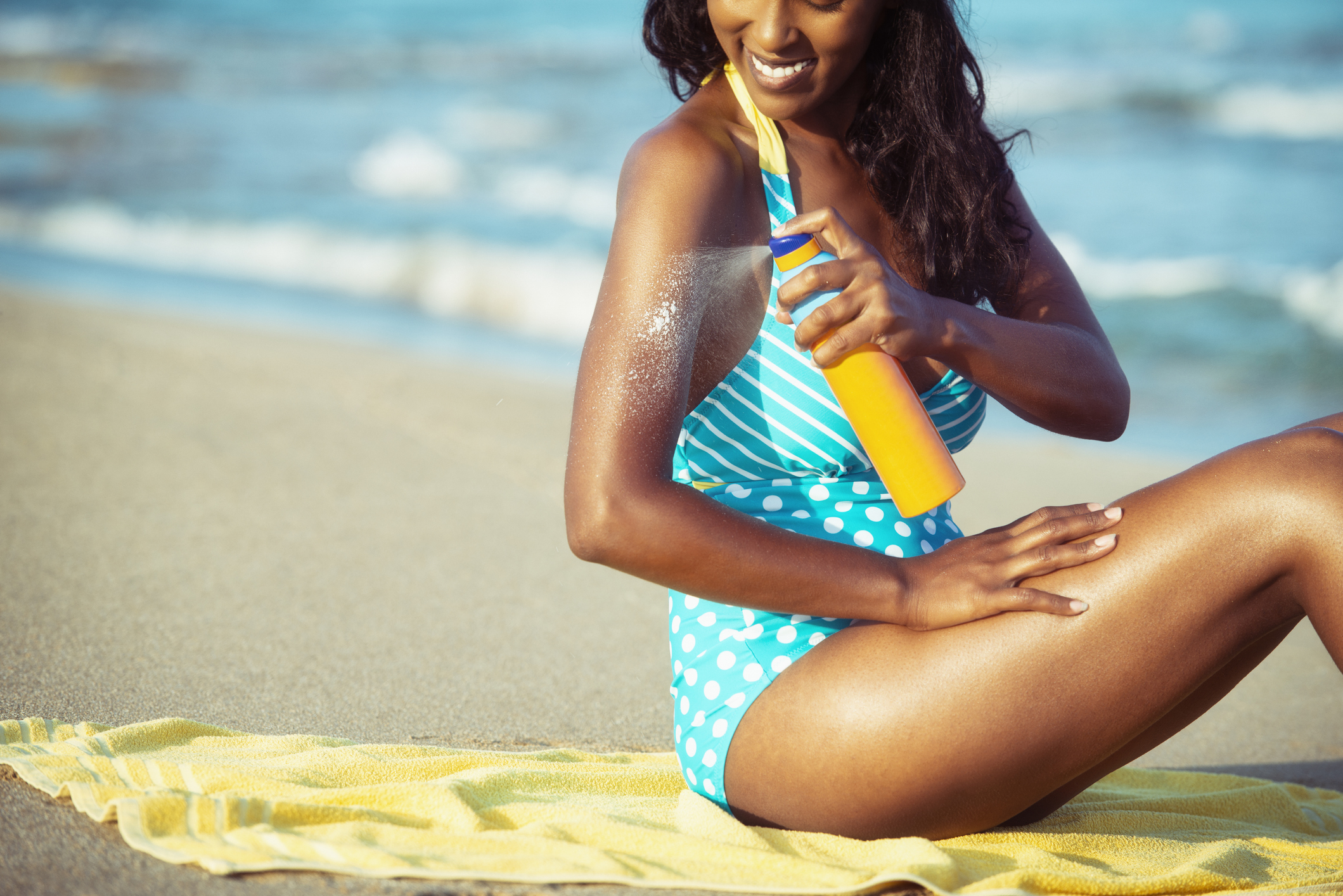
“The way sunscreen is developed, you really need a good thin coat of it all over,” Rossi said.
“That’s why we prefer the creams and the lotions or the emulsions. But sprays are really popular because they’re convenient. ... It does work if you get it on the skin. If you just sprayed in the air and you walk through it, that’s not effective. But if you’re actually spraying it on your skin and you’re coating your whole skin, you’re getting good coverage. But you need to be diligent about it.”
5. Not Using Enough Sunscreen (And It’s Probably More Than You Think)

“For the body, we say a shot glass’s worth [of sunscreen],” Rossi said.
For the face and neck, Rossi suggested using two fingers’ worth of sunscreen — across the length of the fingers, not just the tips. “Maybe three, depending on how big your head is,” he added.
6. Only Wearing Sunscreen On Sunny Summer Days
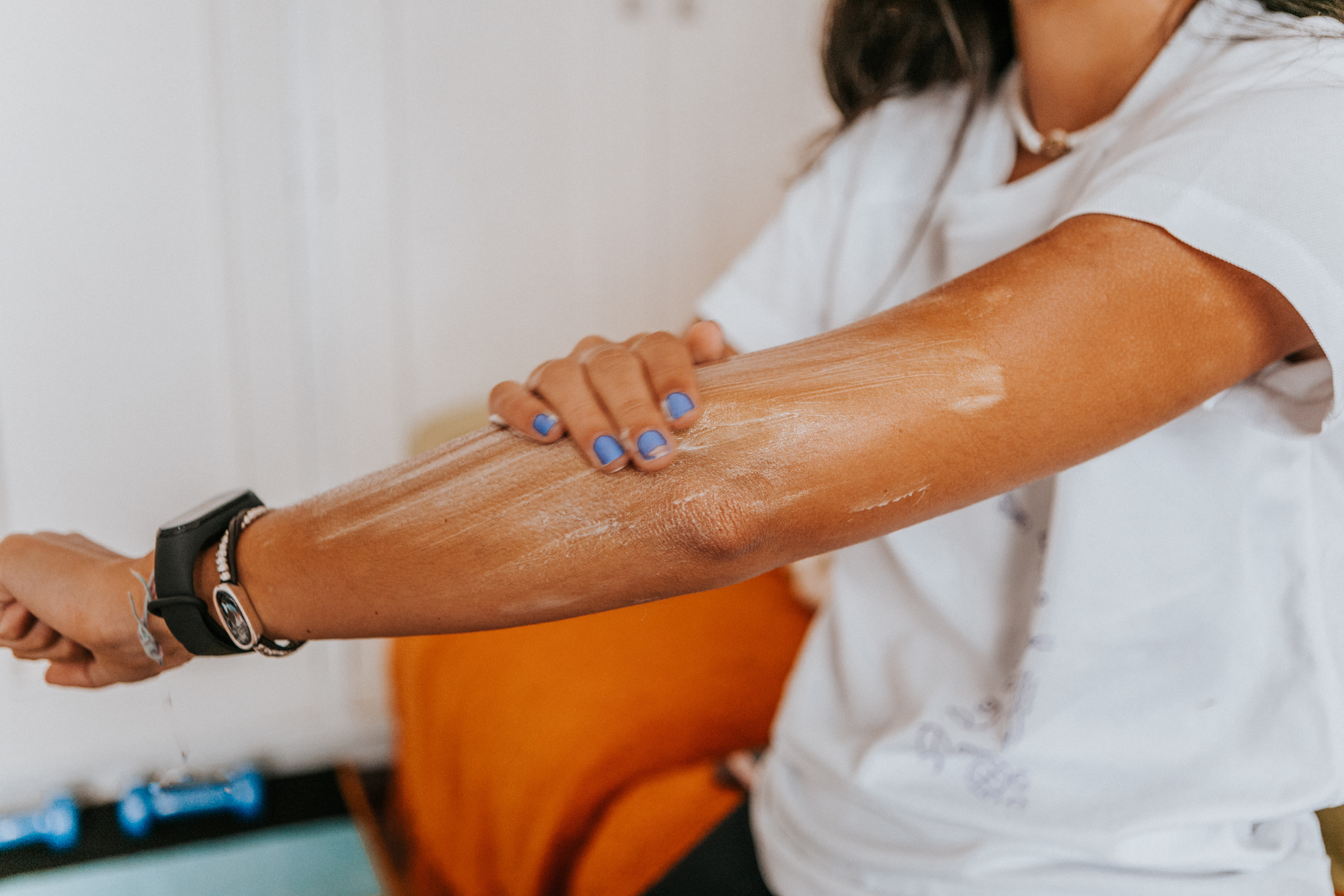
“I tell all my patients, ‘You don’t have to be sun-phobic; you have to be sun-smart,’” Rossi said. “Just getting into the daily habit of putting on a sunscreen is going to be really helpful for you — even in the winter [and on cloudy days] because UVA actually penetrates through clouds. So you probably are still getting UVA exposure as well.”
7. Only Wearing Sunscreen When Outside
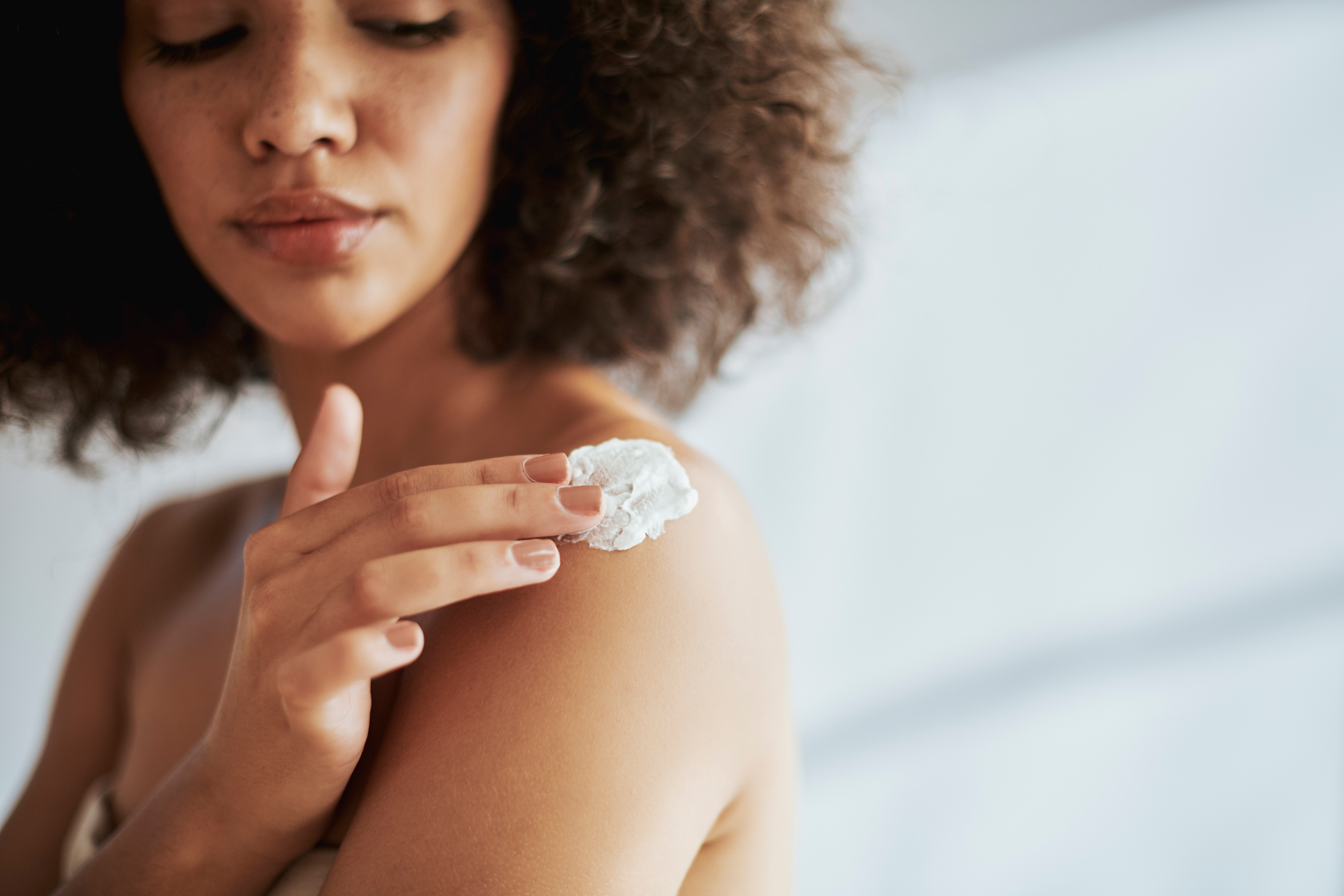
“People are like, ‘Oh, I’m in an office, so I don’t have to even wear sunscreen.’ If you’re sitting by a window every day, UVA does penetrate window glass,” Rossi said.
“There’s a really famous New England Journal of Medicine article that showed a truck driver that sat next to a window, you know, driving their truck, and it’s just one side of the face is completely wrinkled. The other side of the face is not, and it’s so drastic. That alone scares people to wear sunscreen.”
8. Believing A Base Tan Will Protect The Skin From Damage
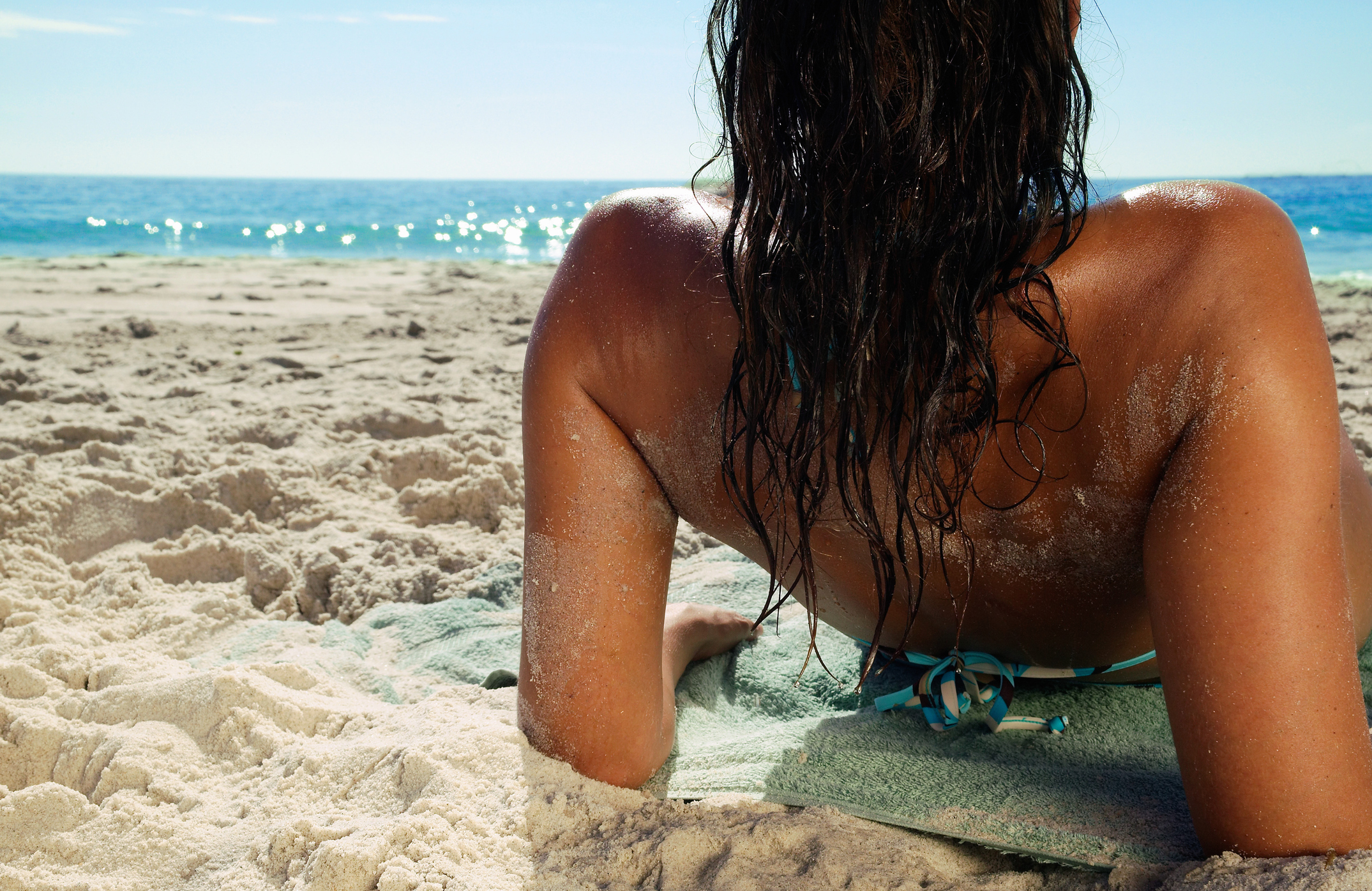
“There’s no such thing as a safe tan, and one of the biggest misconceptions that we have to fight on TikTok and just in the general public is this idea of a base tan,” Rossi said.
“[It’s the notion that] you get one bad burn to start the summer and then you’re set up for the rest of the summer, but in fact ... it’s horrible. It makes me cringe. Especially if you go to a tanning salon [to get a base tan], those UV bulbs in the in the tanning beds are mainly UVA bulbs. So they can still burn you because it’s such an intense amount of energy and photons super close to you in [a] really short amount of time.”
Rossi explained that UVA rays lead to an “immediate pigment darkening,” which is what you see after you tan.
“You’re like, ‘Oh, I got this base tan — awesome!’ And you do get this darkening, so you think you’re protected,” he said. “But actually that melanin does not do a great job of protecting you against UVB. So you end up burning when you go outside.”
9. Forgetting To Protect Your Eyes
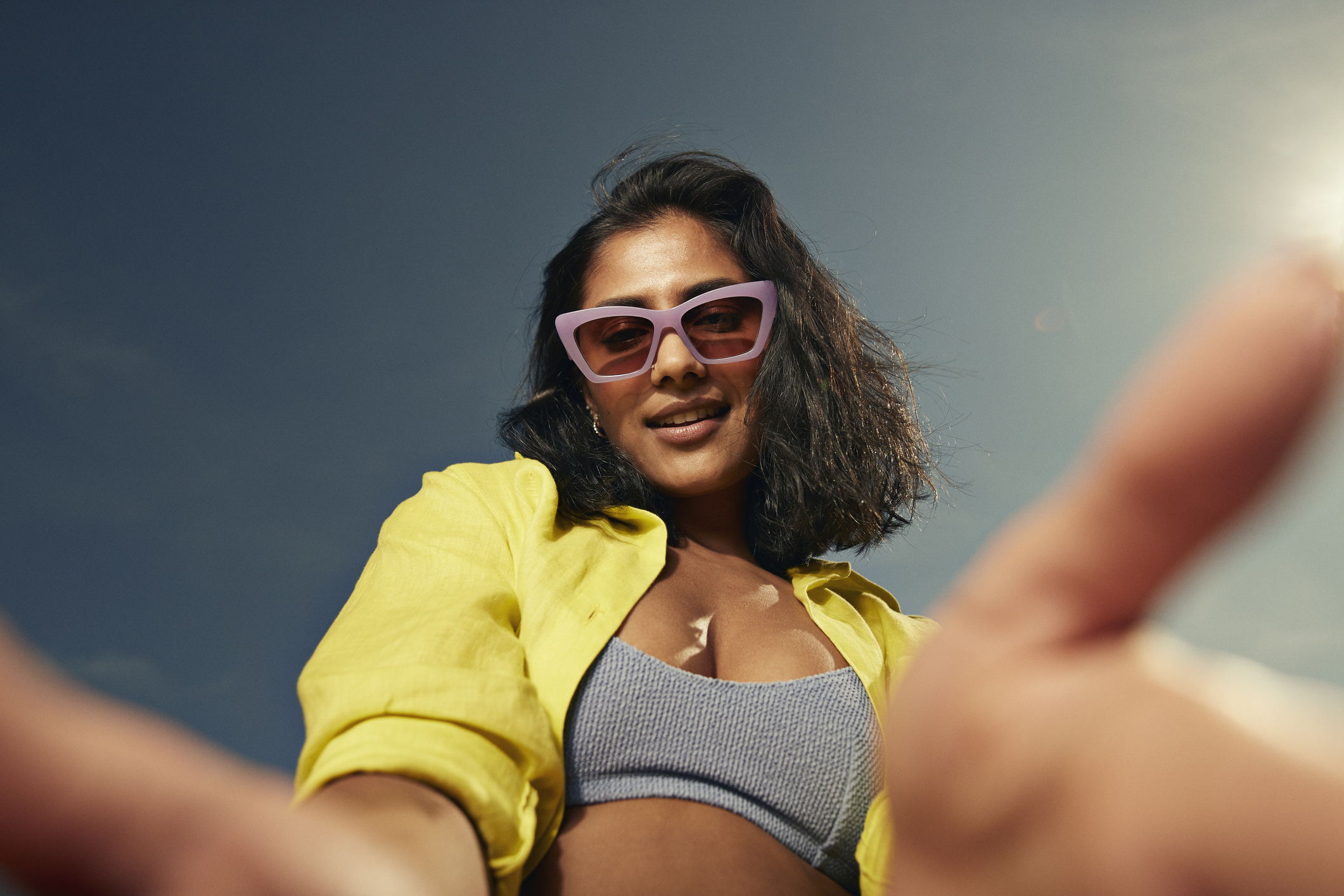
“Sunglasses are really important,” Rossi said. “Not only do they protect the skin around your eyes, but they protect your actual cornea from sun damage — cataracts, for instance, [can be caused by] UV exposure.”
Rossi shared lots more with us, including the difference between chemical and physical sunscreens, how long you really need to apply sun protection products before you head outside, and what to know before you use a self-tanner.
Listen to the full episode above or wherever you get your podcasts.
For more from Rossi, including info about his skin care line, visit his website and follow him on Instagram.
Need some help with something you’ve been doing wrong? Email us at AmIDoingItWrong@HuffPost.com, and we might investigate the topic in an upcoming episode.
This article originally appeared on HuffPost.

